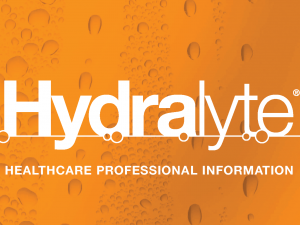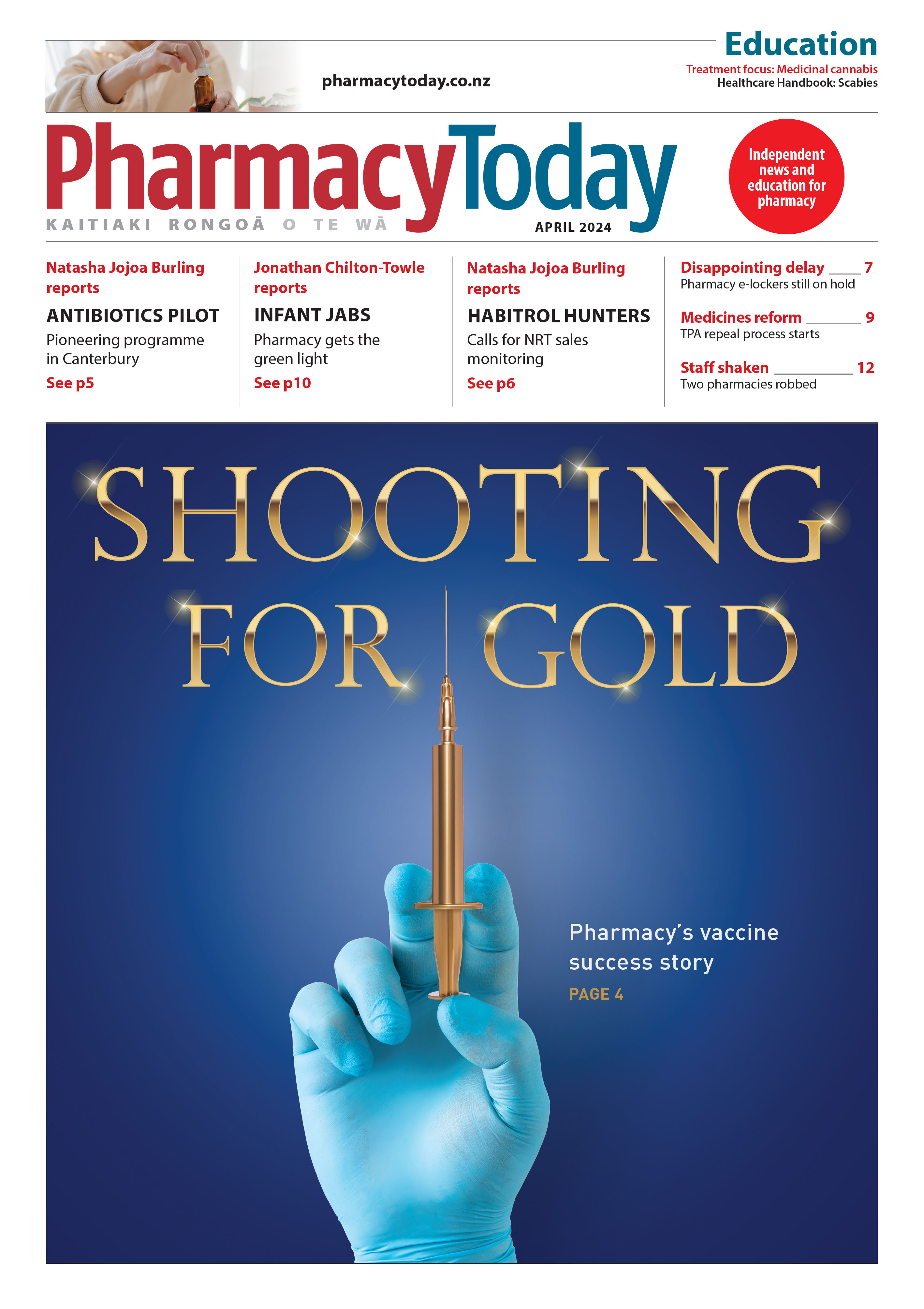In this article, Sue Frankland looks at the global problem of wastage of medications, including causes such as overprescribing and non-adherence. She also presents information from her master’s dissertation on how people understand, and respond to, medication expiration dates
Travellers on same flights as Taranaki measles case asked to urgently check locations of interest information
Travellers on same flights as Taranaki measles case asked to urgently check locations of interest information

Travellers who may have come into contact with a measles case on recent flights between the United States, Auckland and New Plymouth are asked to urgently check the latest public health information on locations of interest – and contact Healthline on 0800 611 116 without delay if they meet the risk criteria. This is because they may be at risk of developing measles in the coming days – and this information is available now on the Te Whatu Ora locations of interest webpage.
Te Whatu Ora yesterday [2 November] confirmed that the person from Taranaki was infectious while travelling, including while on board Air New Zealand flight NZ29 from Houston, Texas, to Auckland and on arrival at Auckland International Airport at approximately 5:30am on 30 October. They also took the shuttle bus between the international and domestic terminals and boarded an Air New Zealand connecting flight (NZ5035) arriving in New Plymouth around 8:55am on the same day.
People who travelled on those two flights and sat in seats near the infectious person are considered at particularly high risk, and need to contact Healthline urgently if they meet the criteria outlined in the locations of interest information. Any non-immune close contacts from these flights will need to quarantine from Sunday 5 November (for the international flight) or Monday 6 November (for the domestic flight).
National Public Health Service interim clinical lead, Dr William Rainger, says it’s important people check the locations of interest webpage to see if they were in any of these locations at the same time – and if they were, to follow the appropriate advice for close or casual contacts.
“While most close contacts from the flights have already been contacted by National Public Health Service (NPHS) staff, there are still a number of people we haven’t been able to reach and are very keen to hear from. This is so we can ensure that close contacts who need to quarantine are provided with the information and support they need – and to ensure that any infection doesn’t spread further,” Dr Rainger says.
“Young babies, pregnant people and people with conditions that affect their immune system can become very unwell with measles. If you are a close contact in any of these groups, please get in touch with Healthline on 0800 611 116 as soon as possible so that further free advice and public health support can be provided.”
People are considered immune to measles if they have received two doses of measles, mumps, rubella (MMR) vaccine, have had measles previously, or lived in New Zealand before 1969.
Measles is highly contagious and can be a very serious illness. It can affect adults as well as children who are not immunised.
“We also again remind people to be up to date with their measles immunisations. If you are unsure whether you have had one or two doses of MMR, for most people it’s safe to get vaccinated again. However, if you are pregnant or have a health condition meaning you have a weakened immune system, please speak to your health care provider before getting vaccinated as it may not be appropriate.
“We encourage everyone to remain vigilant for measles and if they develop measles symptoms they should stay at home and call their healthcare provider or Healthline on 0800 611 116 for more advice.”
Measles signs and symptoms
• It usually takes 10-12 days from exposure to the first symptom.
• The illness begins with fever, cough, runny nose, and conjunctivitis (inflammation in the eyes), which lasts for 2-4 days.
• It may be possible to see small white spots (Koplik spots) inside the mouth.
• A rash appears 2-4 days after the first symptoms, beginning at the hairline and gradually spreading down the body to the arms and legs. The rash lasts for up to one week.





